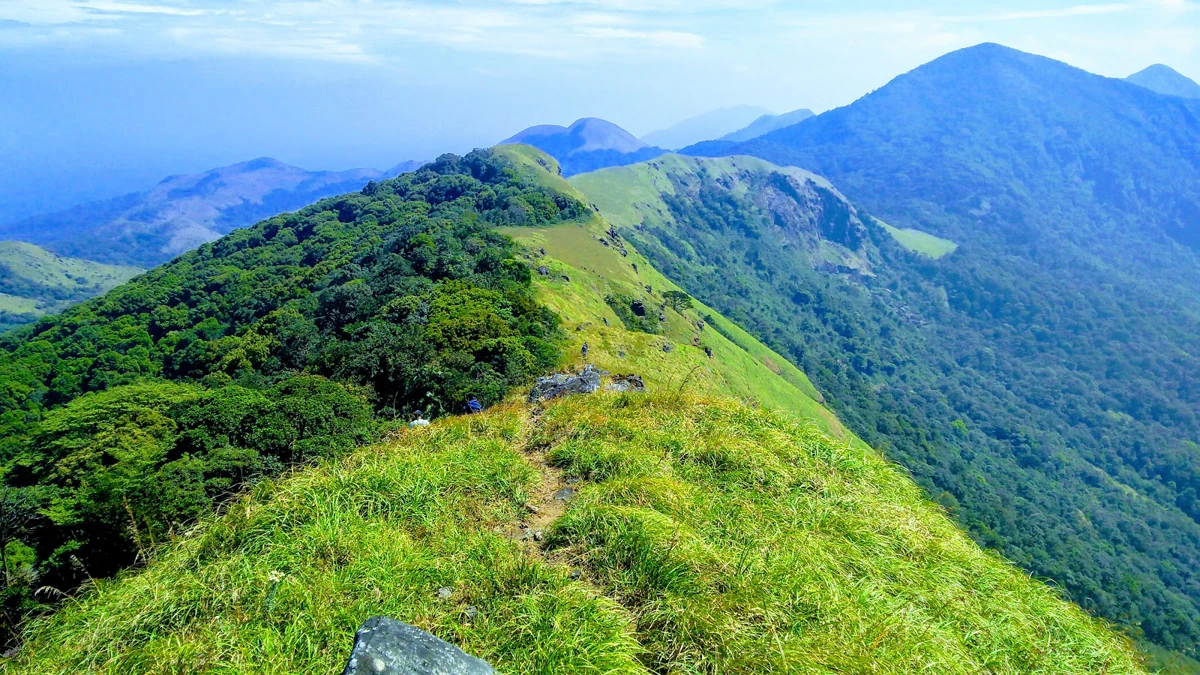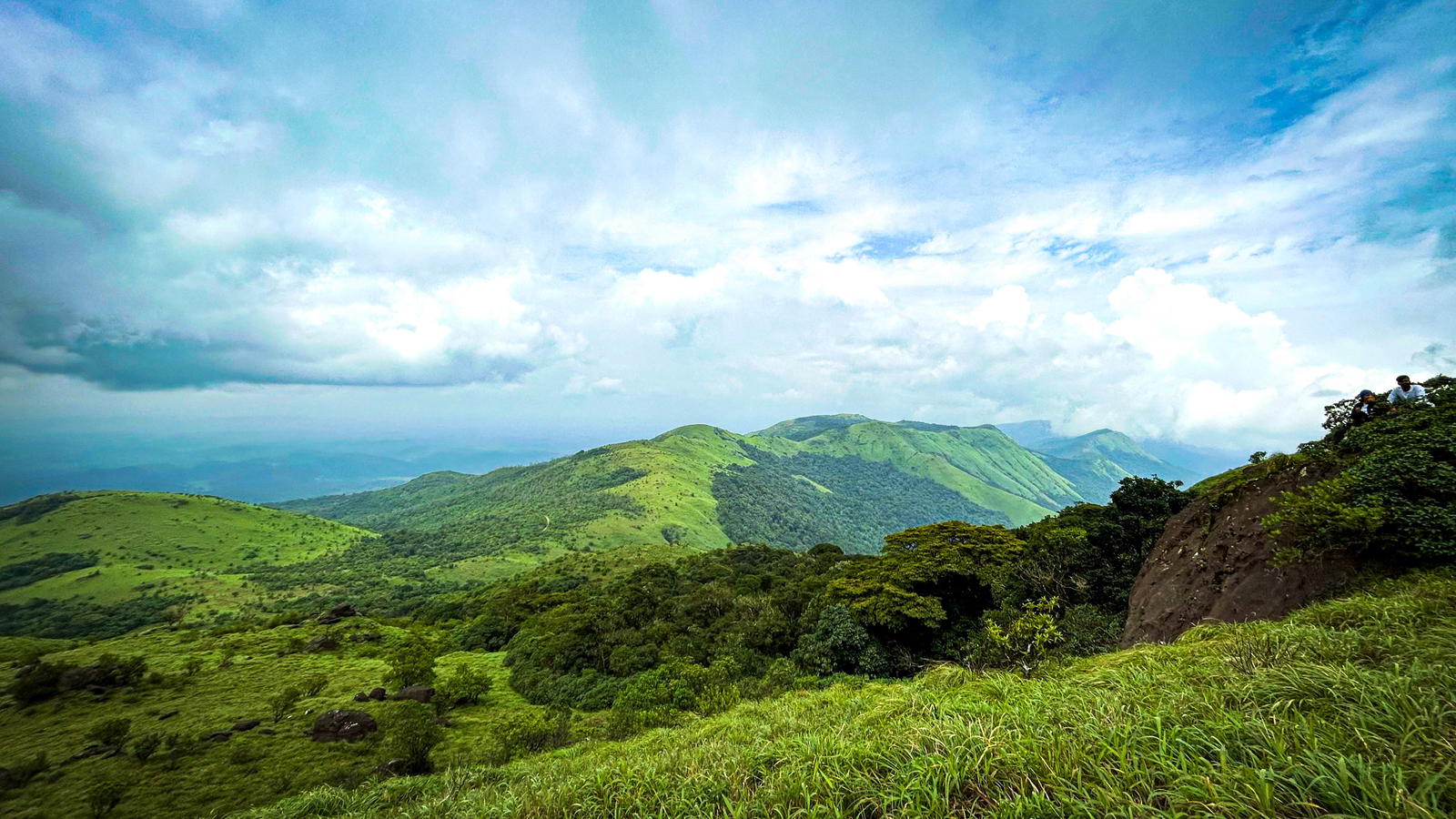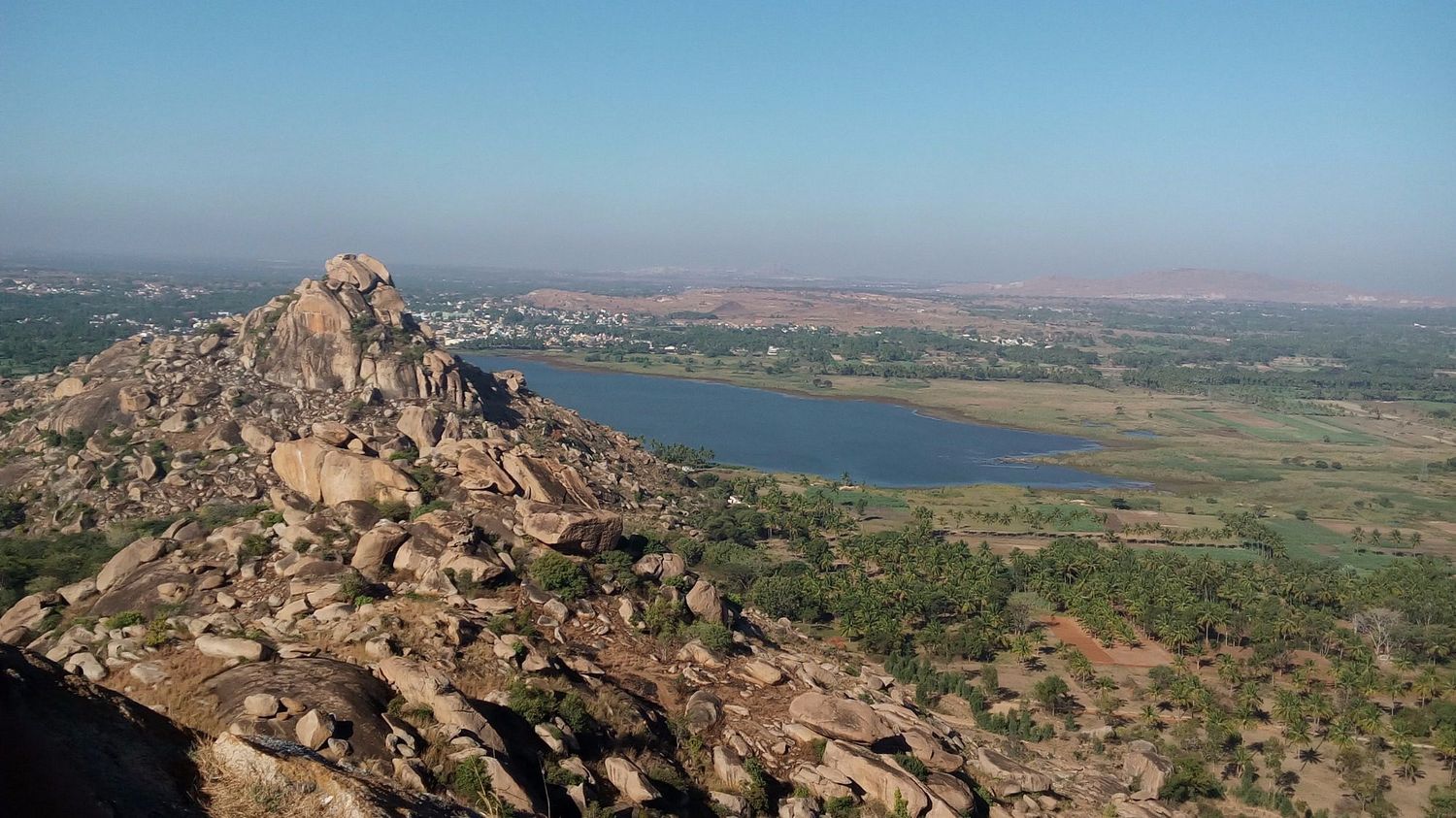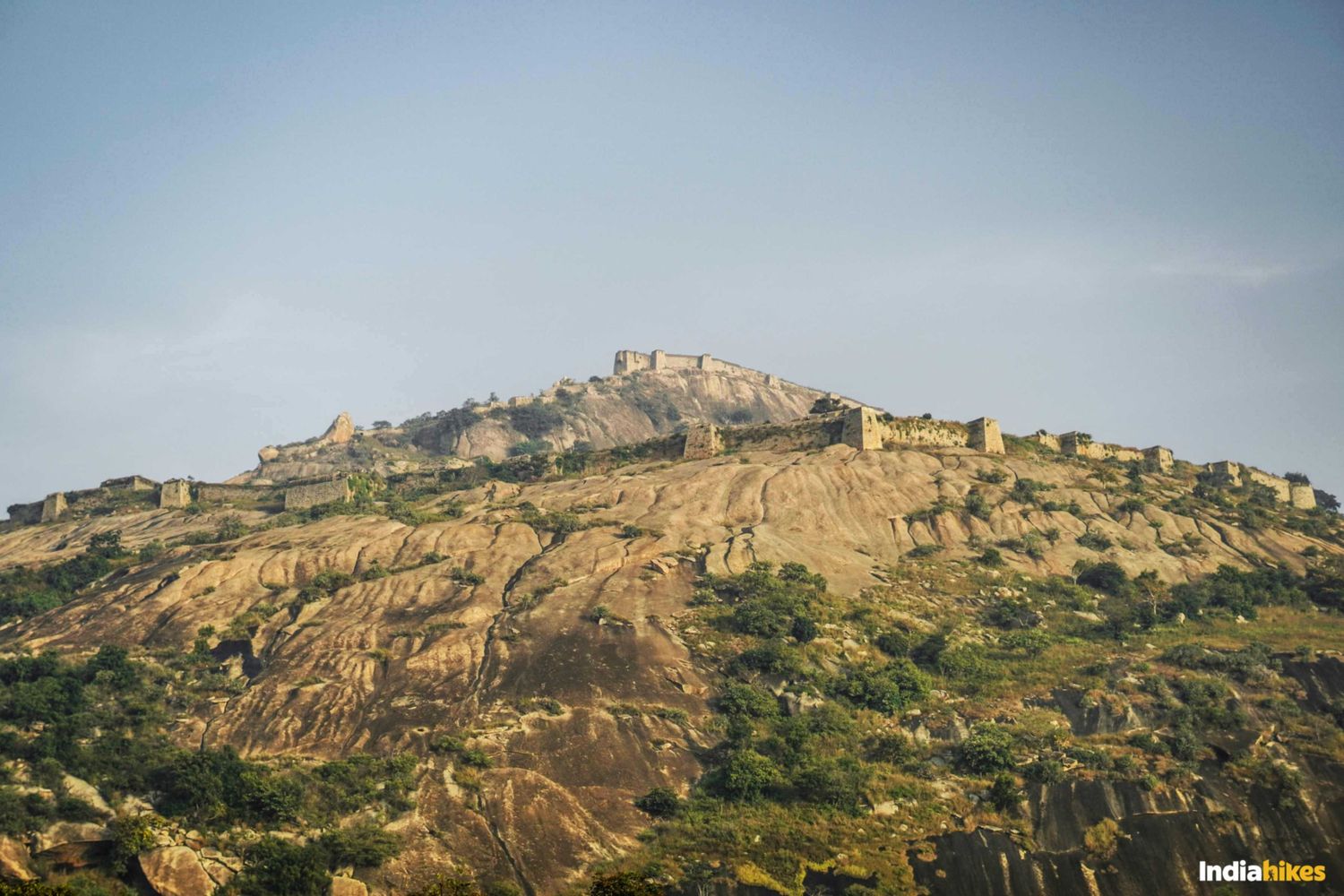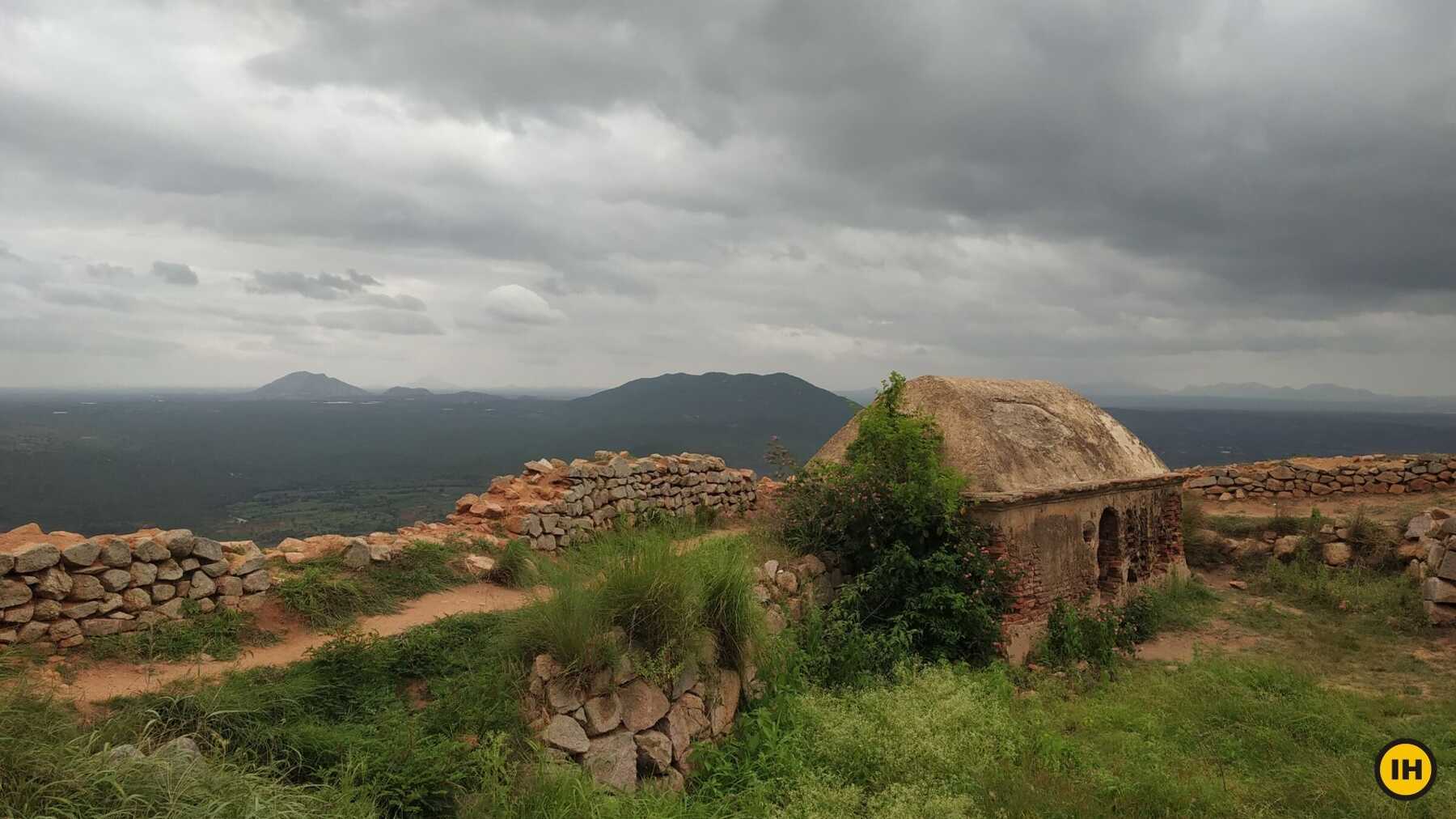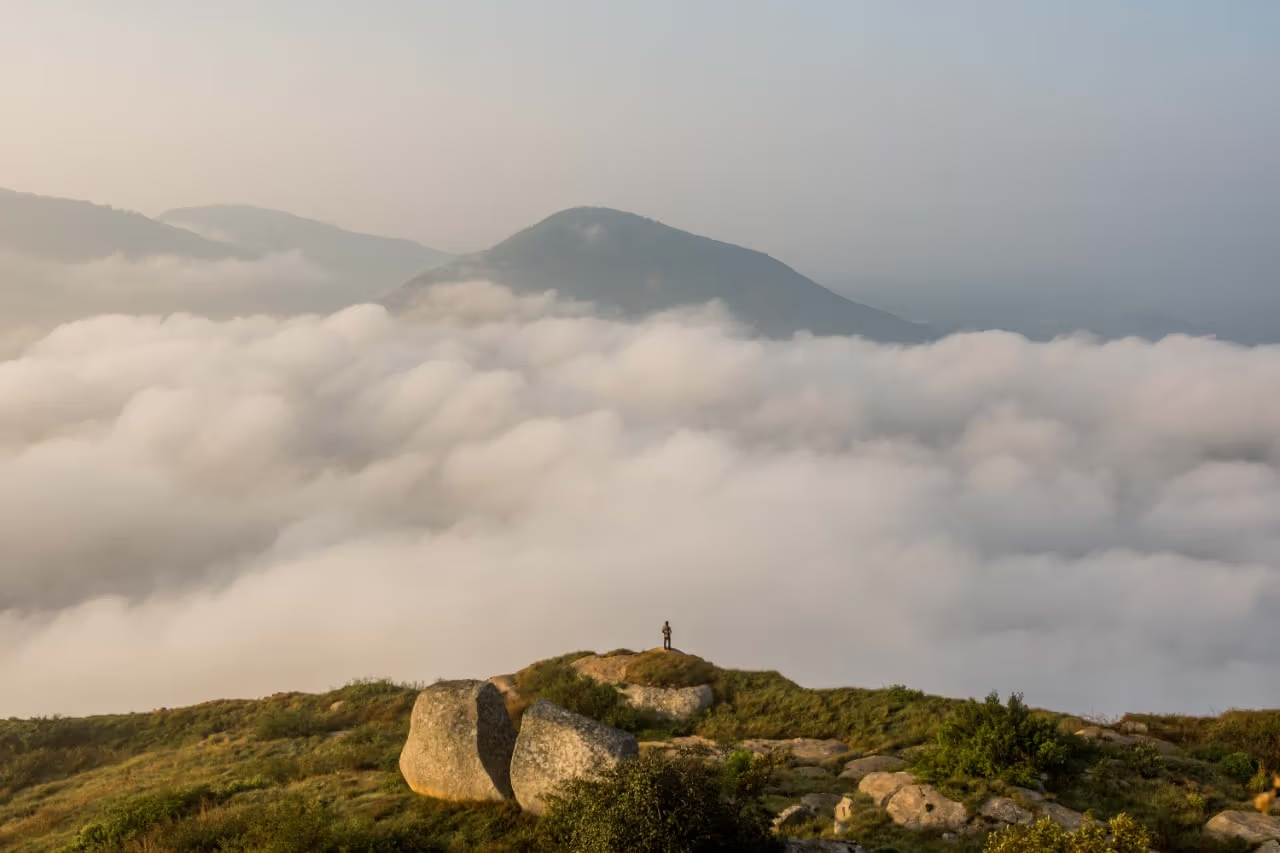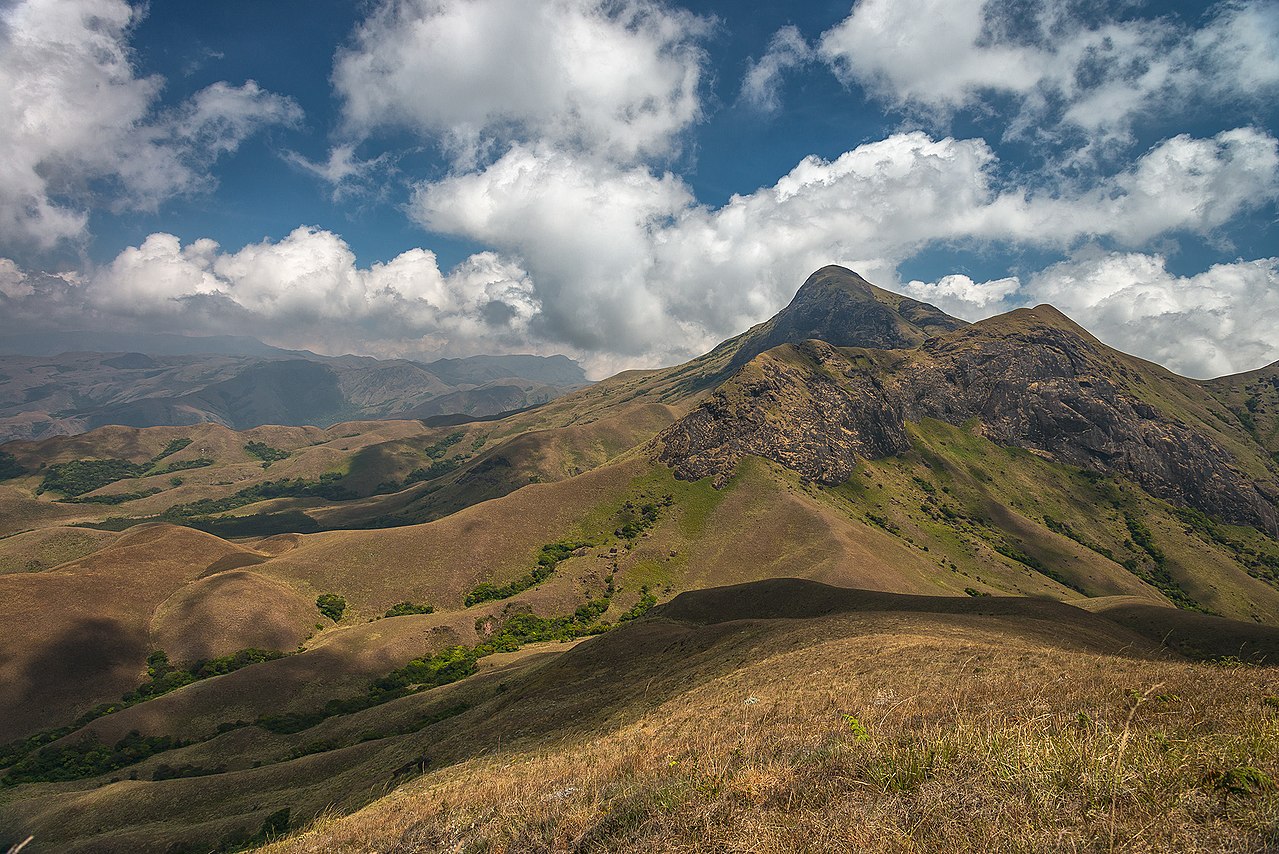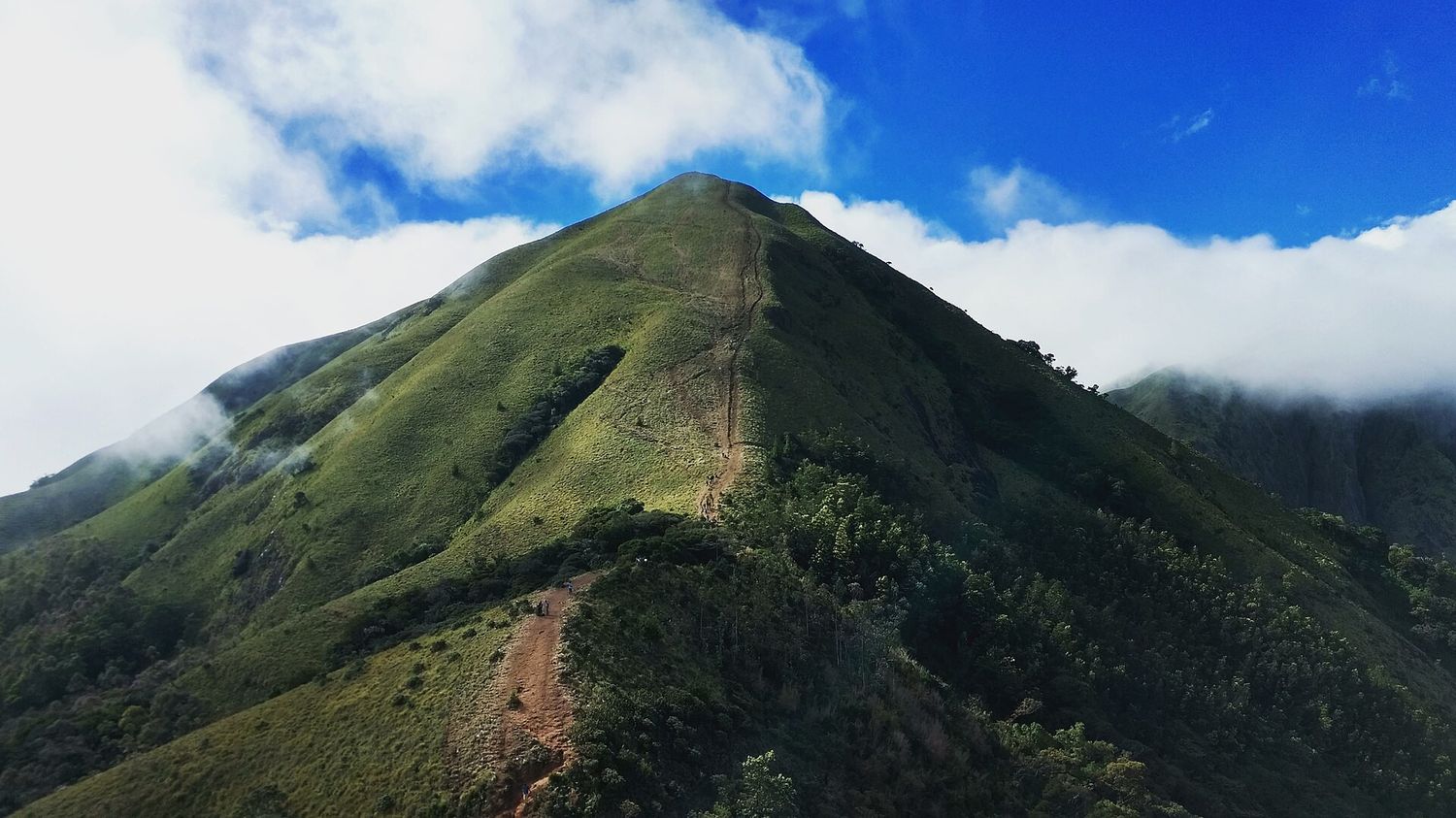Kumara Parvatha Trek: The Mighty Peak of the Western Ghats
The Kumara Parvatha Trek, often called the "trekkers’ Everest of Karnataka," is one of the toughest yet most rewarding treks in South India. Rising tall at 1,712 meters, this trek inside the Pushpagiri Wildlife Sanctuary offers dense forests, steep ascents, vast grasslands, and panoramic views of the Western Ghats. The journey starts from the sacred Kukke Subrahmanya Temple, making it both a spiritual and adventurous experience.
The Twin Charms: Bhattara Mane & Kallu Mantapa
On the way to the peak, trekkers halt at Bhattara Mane, a local household that provides food and basic shelter. Further ahead, Kallu Mantapa serves as a popular resting point with water sources, giving trekkers a break before the final steep climb.
Adventure Through Changing Terrains
The trail offers a mix of thick forests, rocky stretches, and rolling meadows. Each section challenges your endurance while rewarding you with stunning views of mist-covered hills and valleys.
Why This Trek Stands Out
Kumara Parvatha is not just about reaching the summit; it’s about experiencing the raw wilderness of the Western Ghats. The trek combines adventure, spirituality, and the serenity of untouched nature, making it a must-do for seasoned trekkers.













